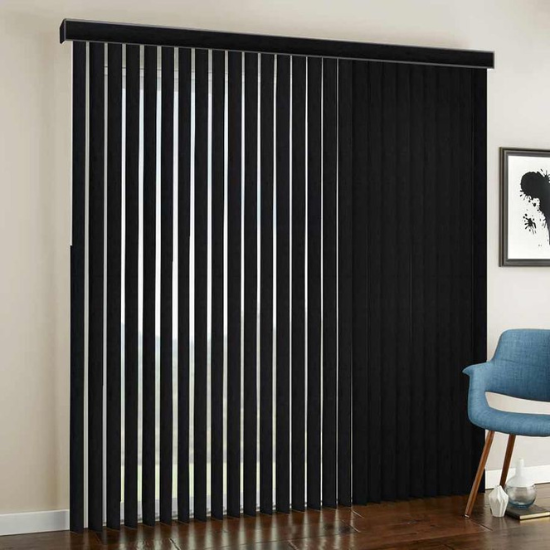Our Services
Services That We Offer For You

BLINDS
kuyuluk.comBlinds are a popular window treatment option used to control light, privacy, and temperature in a room. Made from a variety of materials, blinds consist of horizontal or vertical slats that can be adjusted to allow light to pass through or block it out completely. They offer flexibility in design and functionality, making them a versatile choice for any space. Here’s a detailed description of blinds:
Types of Blinds:
-
Horizontal Blinds:
- Slats are arranged horizontally and can be tilted to control the amount of light entering a room.
- Commonly made from materials like wood, faux wood, aluminum, or vinyl.
- Ideal for windows with a standard height, such as those in bedrooms, living rooms, and offices.
-
Vertical Blinds:
- Slats hang vertically and can be drawn to one side for a clear view or adjusted for light control.
- Commonly used for larger windows, sliding doors, or patio doors.
- Available in materials such as fabric, vinyl, or PVC.
-
Roller Blinds:
- A single piece of fabric or material that rolls up or down along a tube using a chain or motorized mechanism.
- Available in various fabrics, from light-filtering to blackout options.
- Ideal for a clean, modern look, and commonly used in kitchens, bathrooms, and living areas.
-
Venetian Blinds:
- Horizontal slats made from metal, wood, or plastic that can be adjusted using a cord or wand.
- Known for their versatility in controlling light and privacy.
- Commonly used in homes, offices, and commercial spaces.
-
Pleated Blinds:
- Made from soft fabric that forms pleats when raised. These can be opened or closed with a cord or cordless mechanism.
- A stylish option that provides light filtering while offering a soft, textured look.
- Available in both traditional and modern designs.
-
Roman Blinds:
- A soft fabric blind that folds up into neat pleats when raised.
- Offers a more luxurious and elegant appearance compared to traditional blinds.
- Ideal for living rooms, bedrooms, and other areas where a softer, draped look is desired.
-
Cellular or Honeycomb Blinds:
- These blinds are made from a series of honeycomb-shaped cells that trap air, offering insulation benefits.
- Highly energy-efficient, helping to keep rooms cooler in summer and warmer in winter.
- Ideal for energy-conscious homeowners or those looking to enhance insulation.
-
Wooden Blinds (or Faux Wood Blinds):
- Made from wood or wood-like materials, offering a natural, rich aesthetic.
- Wood blinds provide warmth and texture, whereas faux wood blinds are more durable and moisture-resistant.
- Often used in living rooms, dining rooms, and bedrooms for a rustic or elegant look.
Benefits of Blinds:
-
Light Control:
- Blinds give you precise control over the amount of light entering a room. You can adjust the slats to let in natural light, or completely block it out for privacy or to reduce glare.
-
Privacy:
- Blinds allow you to control visibility from the outside, providing privacy while still letting in some light.
- With adjustable slats, you can easily adjust how much others can see into your space.
-
Energy Efficiency:
- Blinds can help improve a room’s energy efficiency by providing insulation. Some types, like cellular blinds, help trap air and reduce heating and cooling costs by preventing drafts.
-
Low Maintenance:
- Blinds are generally easier to clean and maintain than curtains or drapes. Depending on the material, they can be wiped clean with a damp cloth or dusted regularly.
-
Variety of Materials and Designs:
- Blinds come in a wide range of materials (wood, metal, fabric, vinyl, etc.), finishes, and colors, allowing you to choose the perfect style for your space.
- There are options for both traditional and modern interiors, so they can complement various room designs.
-
Durability:
- Blinds made from materials like metal, faux wood, and vinyl are durable and long-lasting. They are especially good for high-traffic areas, kitchens, and bathrooms, where moisture and wear are common.
-
Easy to Install:
- Many types of blinds can be installed easily with minimal tools or professional help. Some blinds come with a mounting kit for DIY installation, making them a quick and convenient option.
Considerations:
-
Maintenance and Cleaning:
- While generally easy to clean, blinds can accumulate dust or debris over time, especially in areas with high humidity or dust. Depending on the material, some may require more frequent cleaning.
-
Cord Safety:
- Blinds with cords can pose a safety hazard for children and pets. Many manufacturers now offer cordless or motorized blinds for added safety and convenience.
-
Cost:
- Blinds vary greatly in cost depending on the material and style. While basic vinyl or aluminum blinds are budget-friendly, wood and motorized options can be more expensive.
Conclusion:
Blinds are a versatile and functional window treatment that offers numerous benefits, from light control and privacy to energy efficiency and ease of maintenance. With various styles and materials available, they are suitable for virtually any room in a home or office. Whether you prefer the sleekness of roller blinds or the elegance of wooden Venetian blinds, there’s a perfect option to suit your needs and interior design preferences.